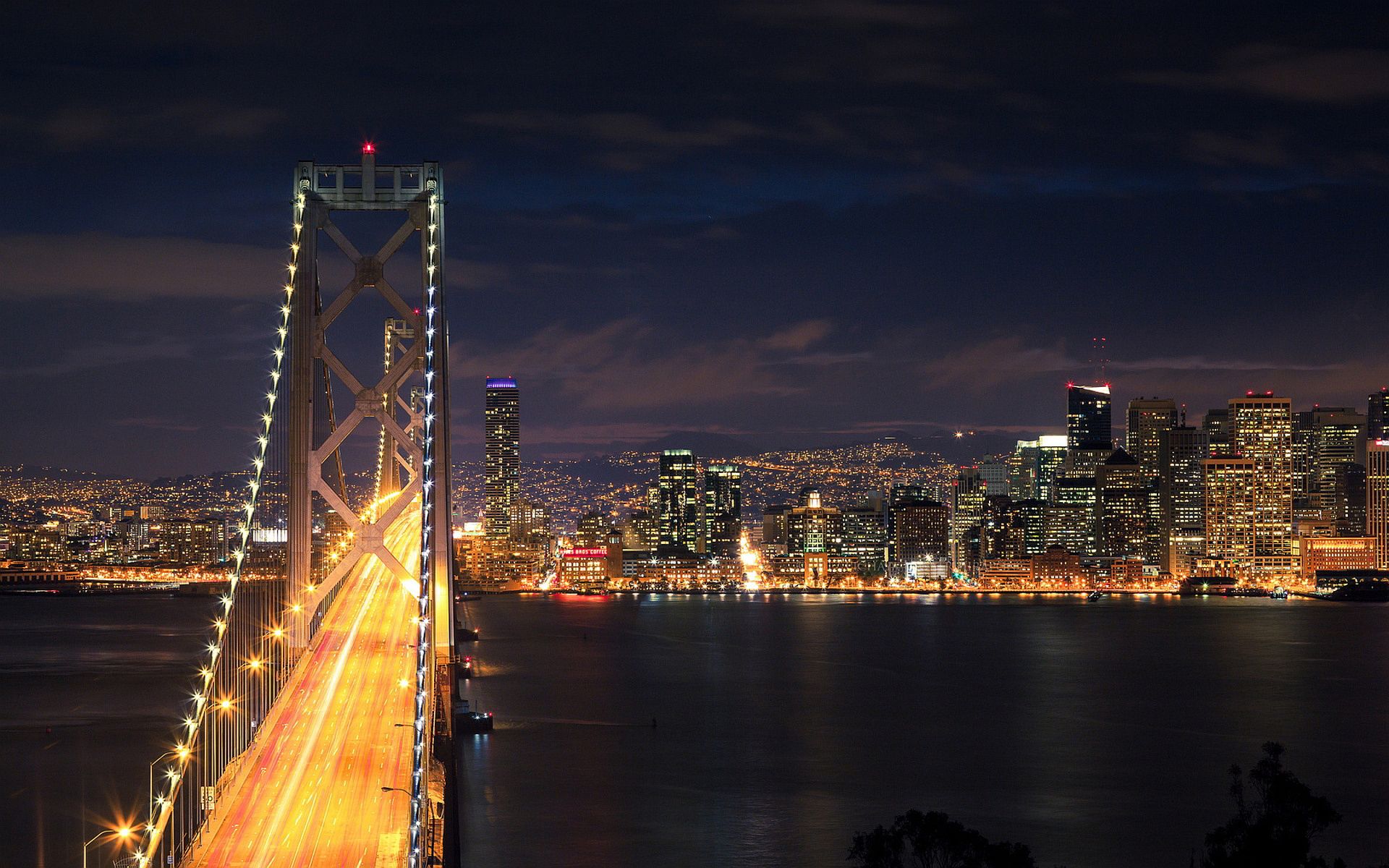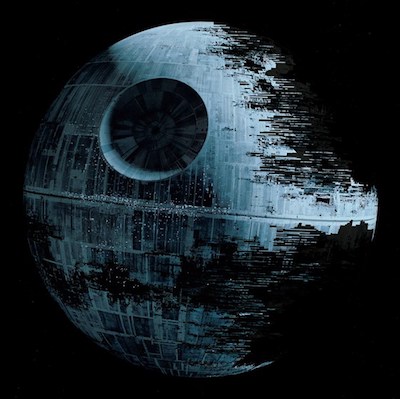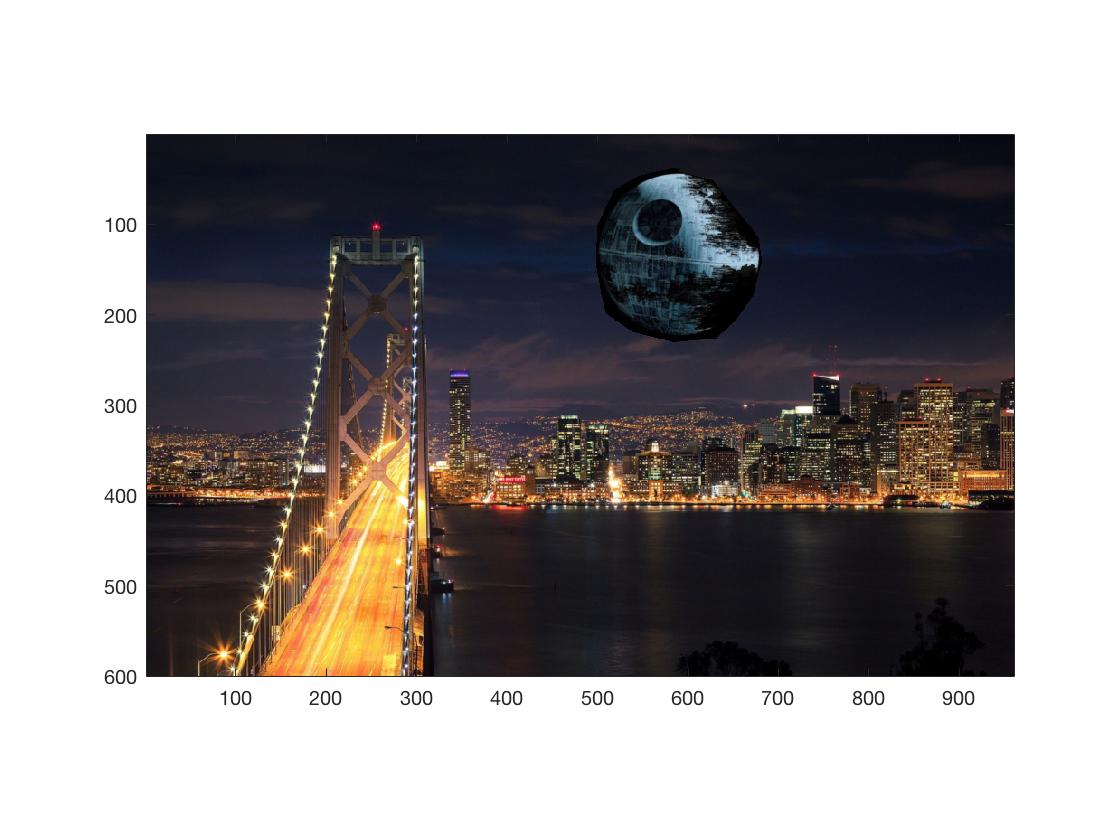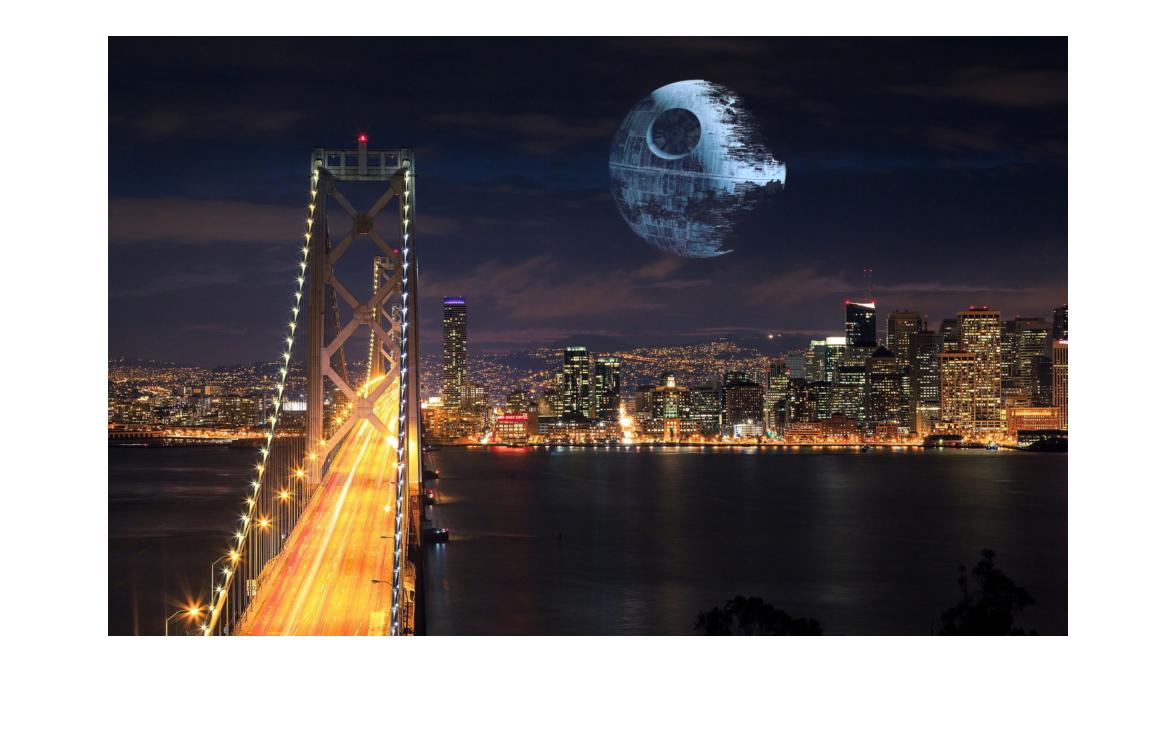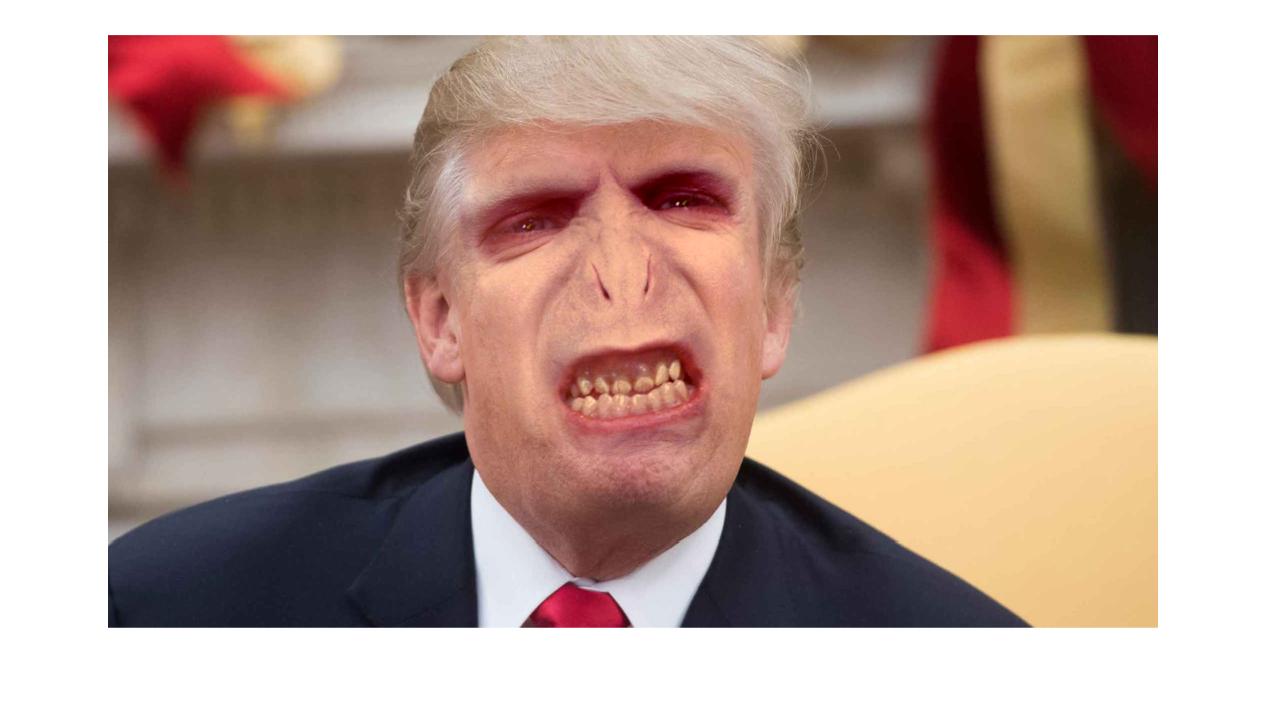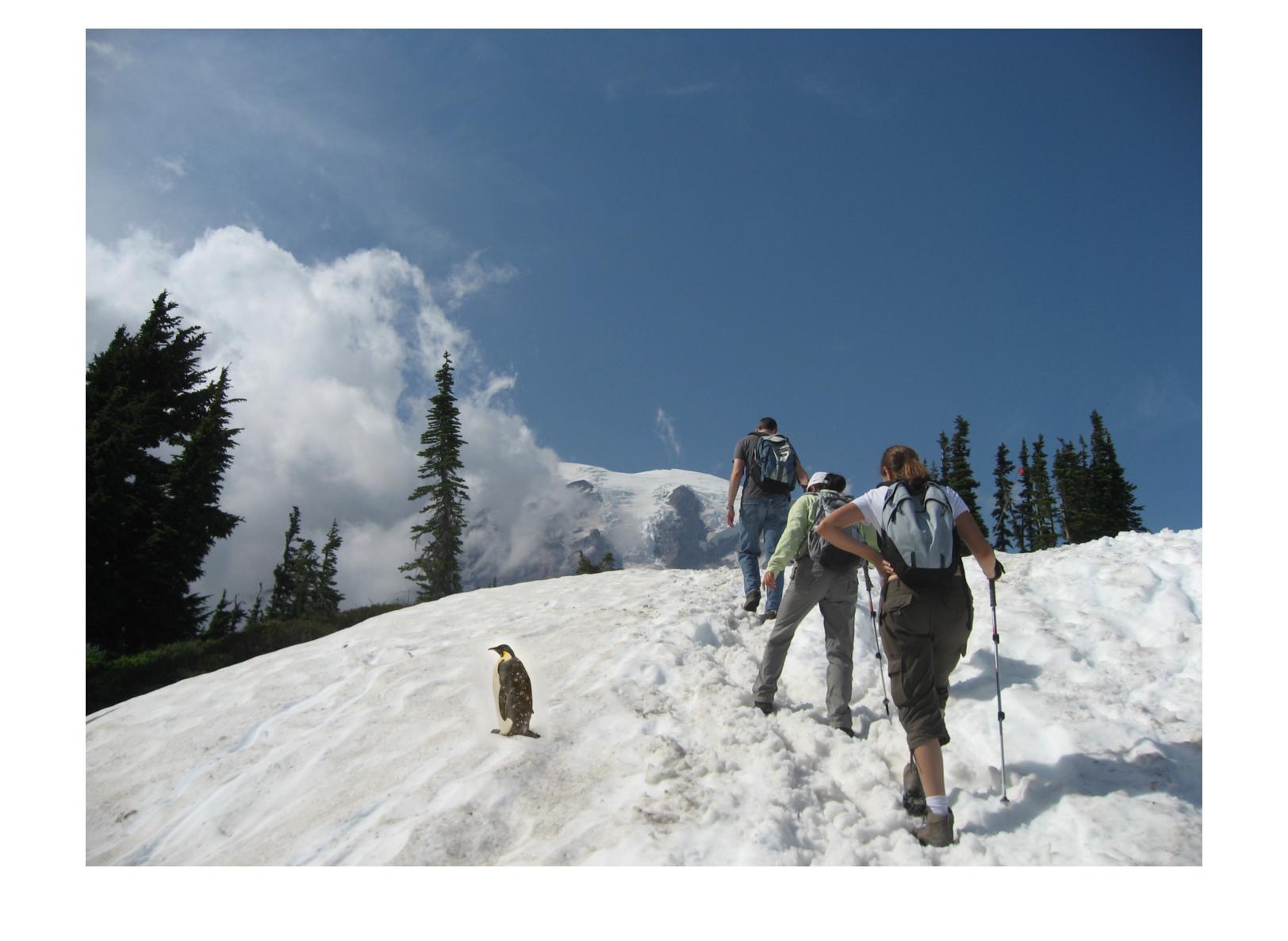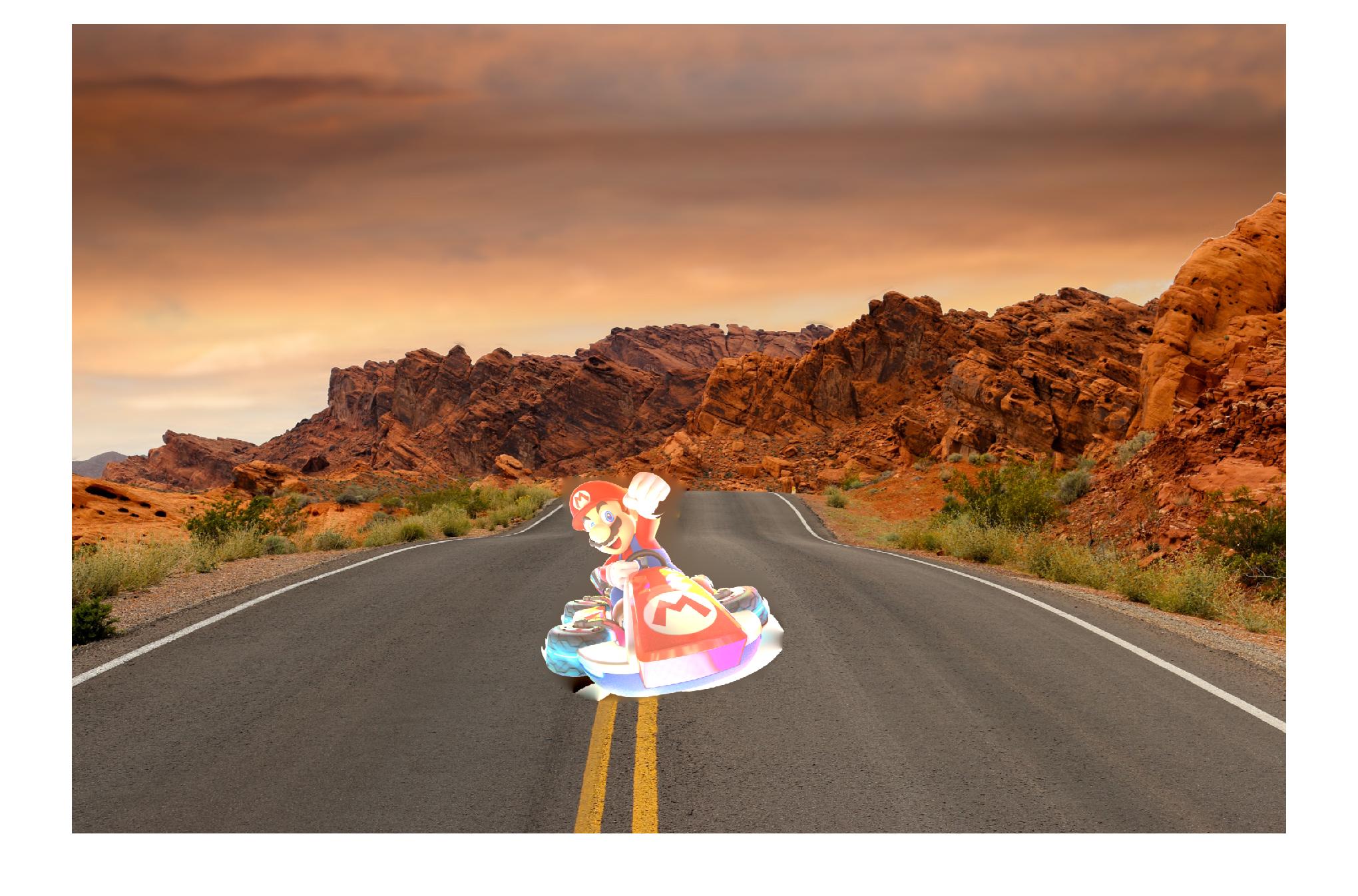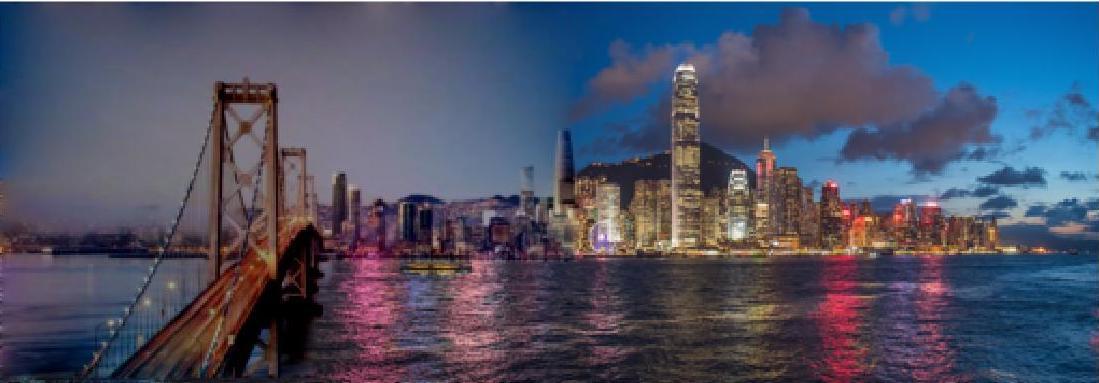Part 1: Frequency Domain
Part 1-1: Warmup
The images are sharpened by subtracting a Gaussian filtered image from the original and then adding that difference back to the original image to accentuate edges.

→


→
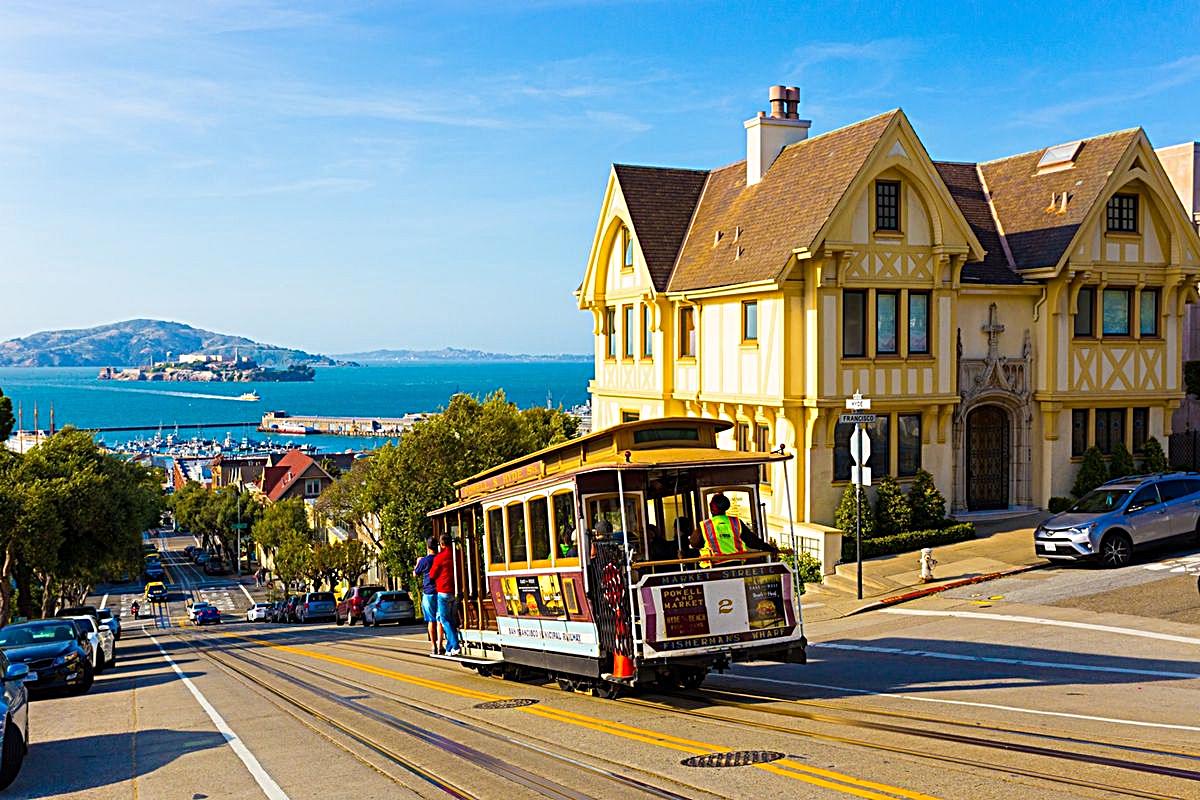
Part 1-2: Hybrid Images
We create hybrid images by taking high frequencies from one image and adding the low frequencies of another image. The low frequency image is obtained using a low-pass filter (Gaussian filter) and the high frequency image is obtained with a high-pass filter (Laplacian filter).

Original Putin |

Original Trump |

Final Blended Putin and Trump |

Original Putin FFT |
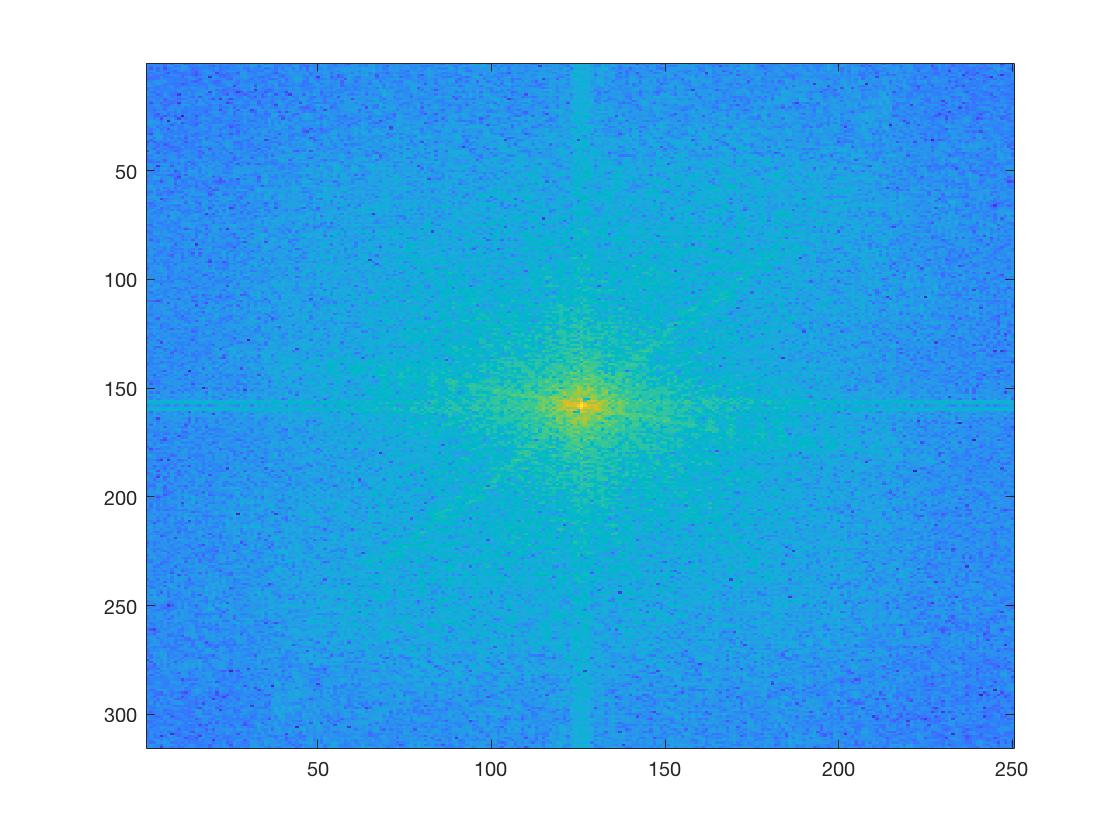
Original Trump FFT |
|
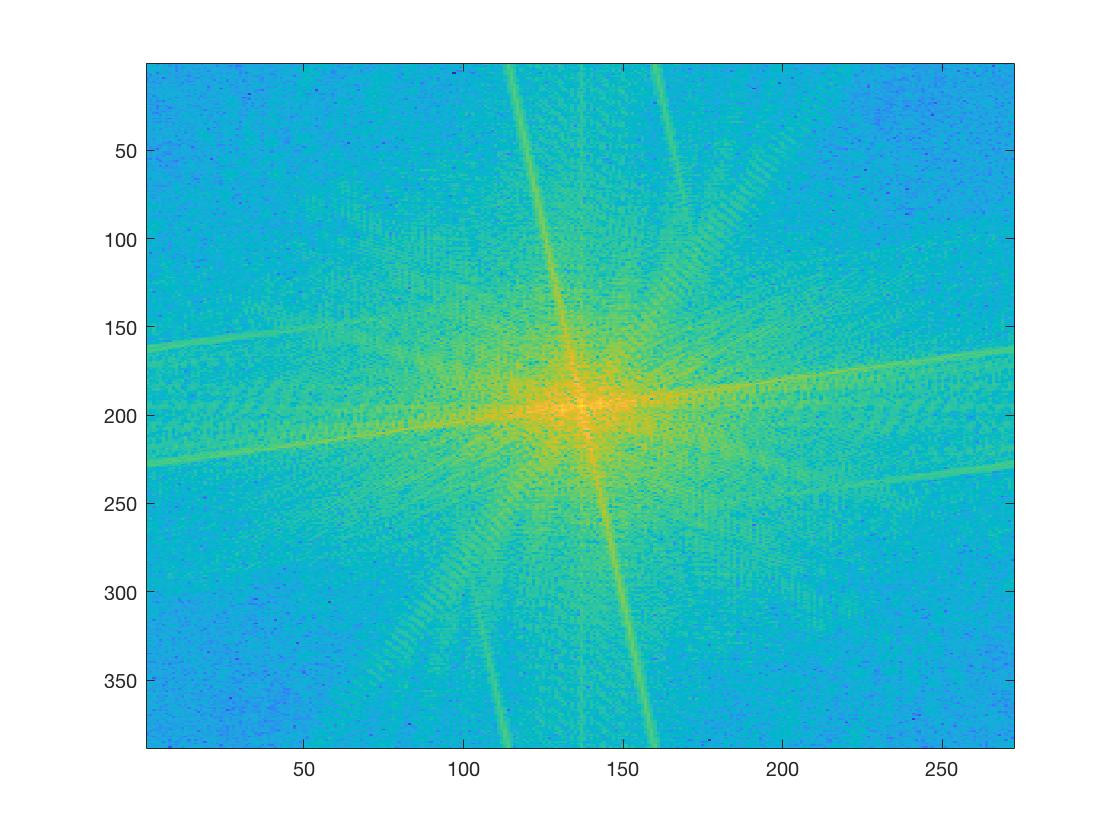
Filtered Putin FFT |
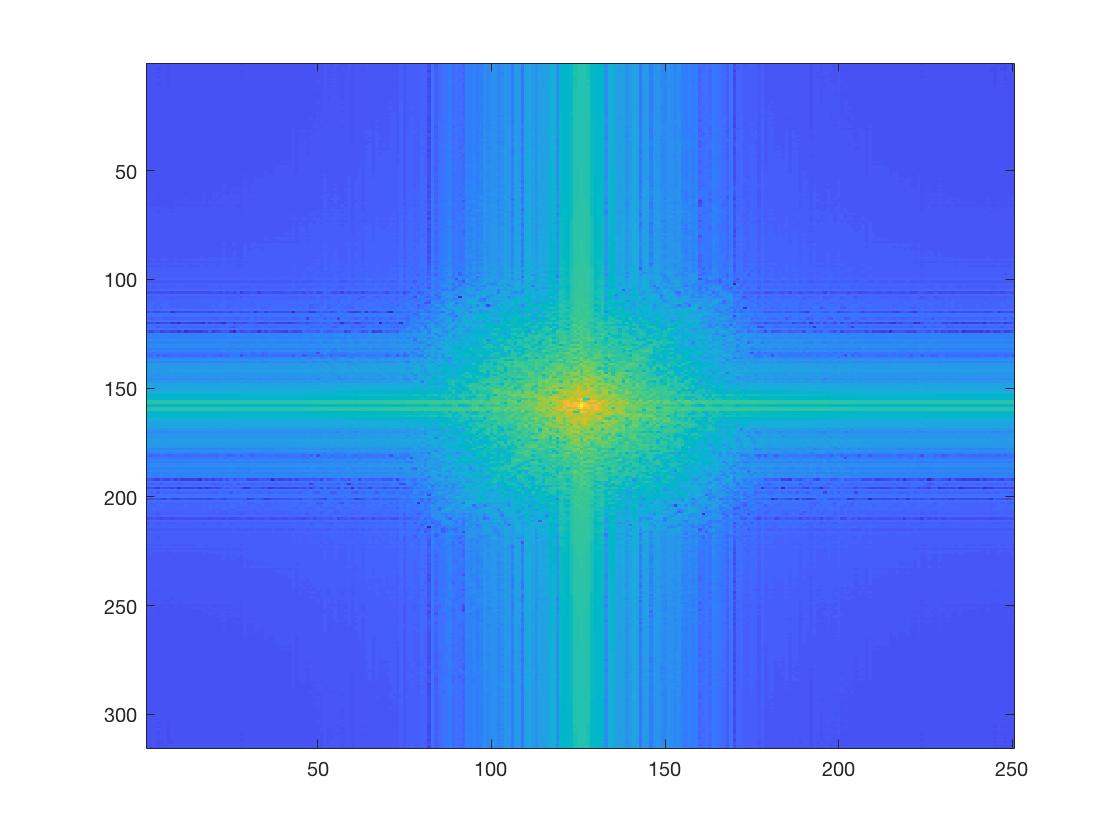
Filtered Trump FFT |
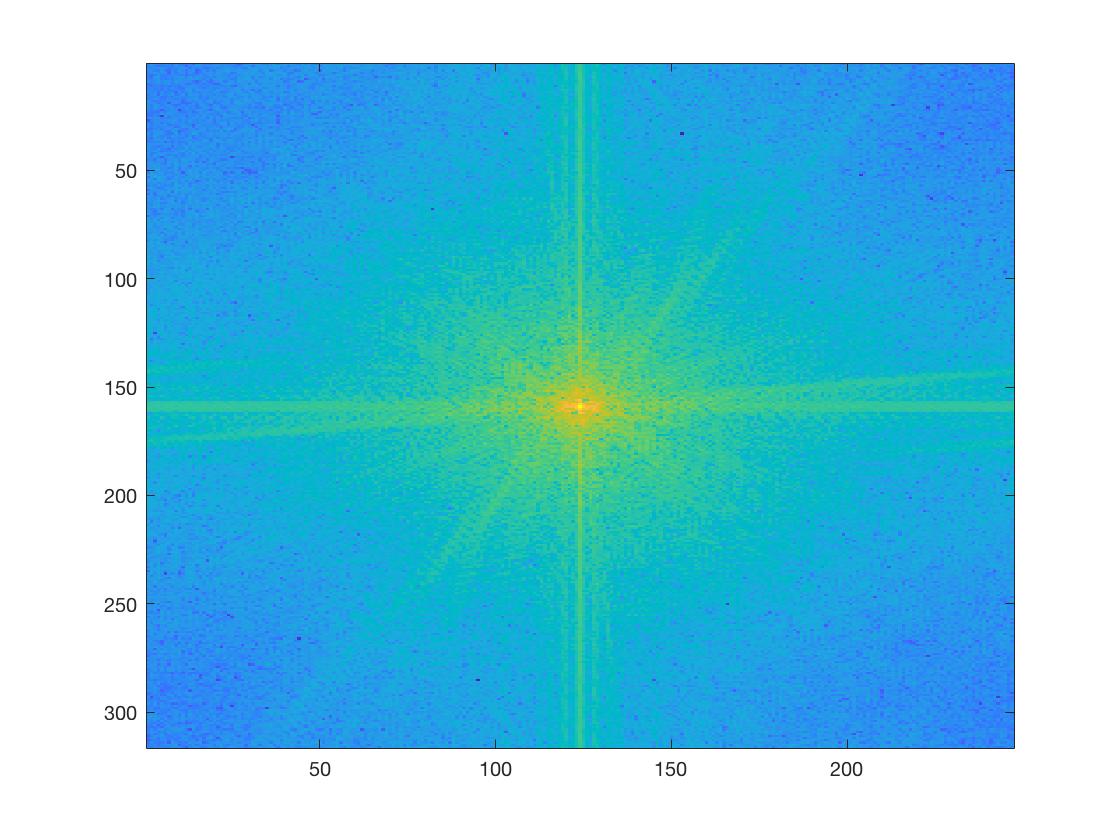
Filtered Putin/Trump Hybrid FFT |
Final Hybrid Images
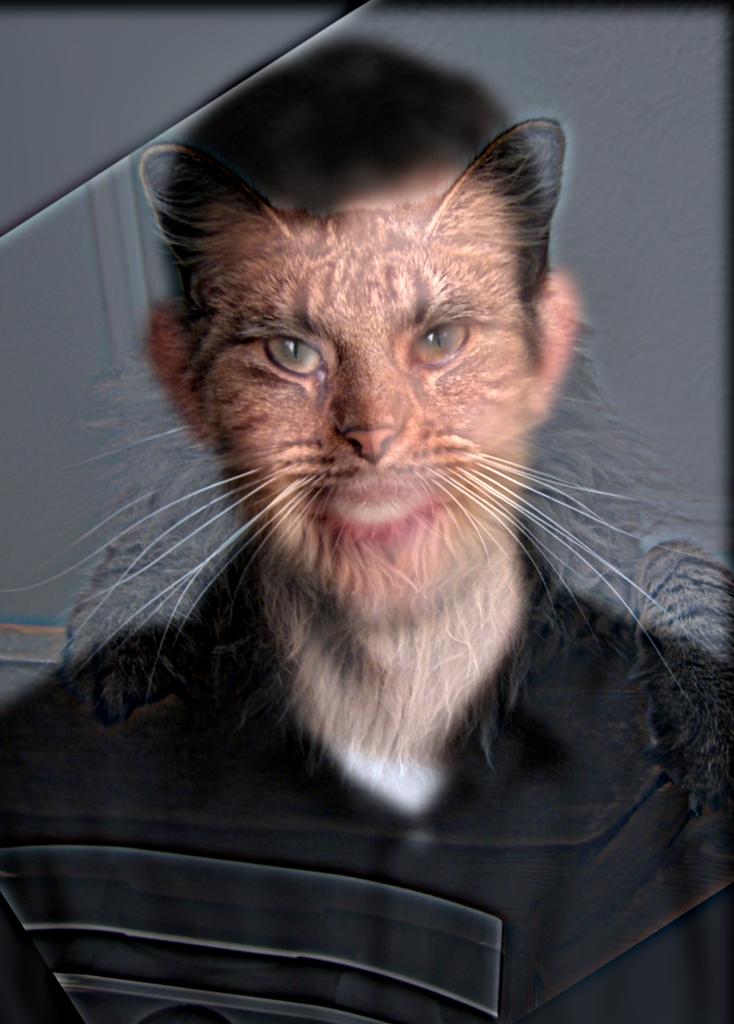
Nutmeg and Derek |
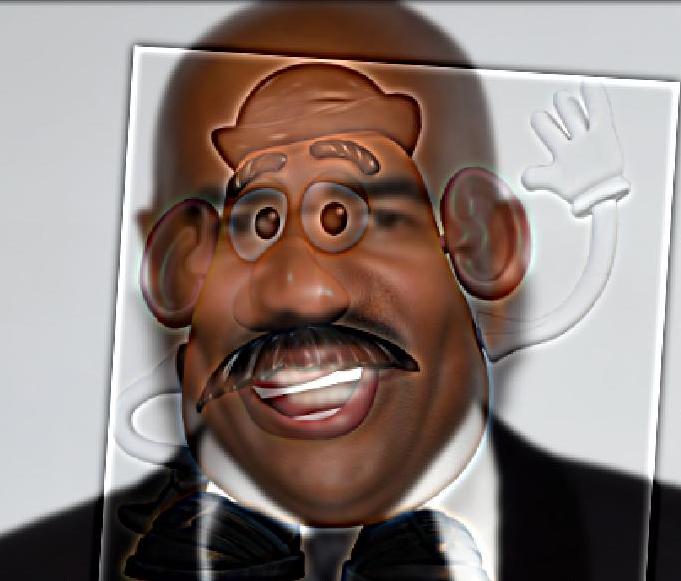
Steve Harvey and Mr. Potatohead |

Putin Trump Fail 1 |
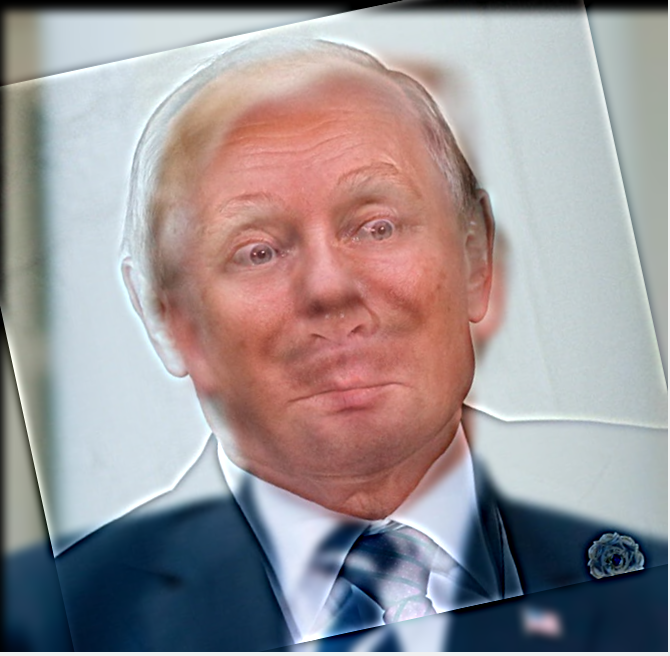
Putin Trump Fail 2 |
Part 1-3: Gaussian and Laplacian Stacks
The Gaussian stack is created by repeatedly applying a Gaussian filter to an image. The Laplacian stack is created by subtracting the neighboring Gaussian stack images.
Lincoln and Gala


Trump and Putin Hybrid


Part 1-4: Multiresolution Blending
Multiresolution blending is achieved by obtaining layers of a Laplacian stack of 2 images and adding the layers back together with a mask as a separator to create a blended image.
SF and Hong Kong


Blending using this mask

Blended Image
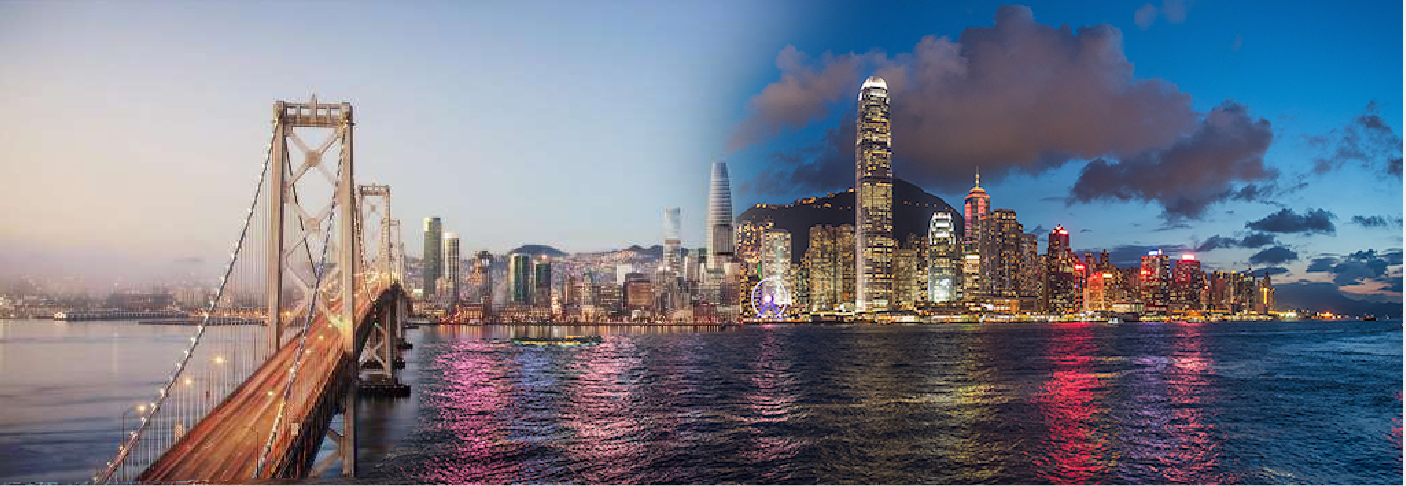
Other Blends and Attempts

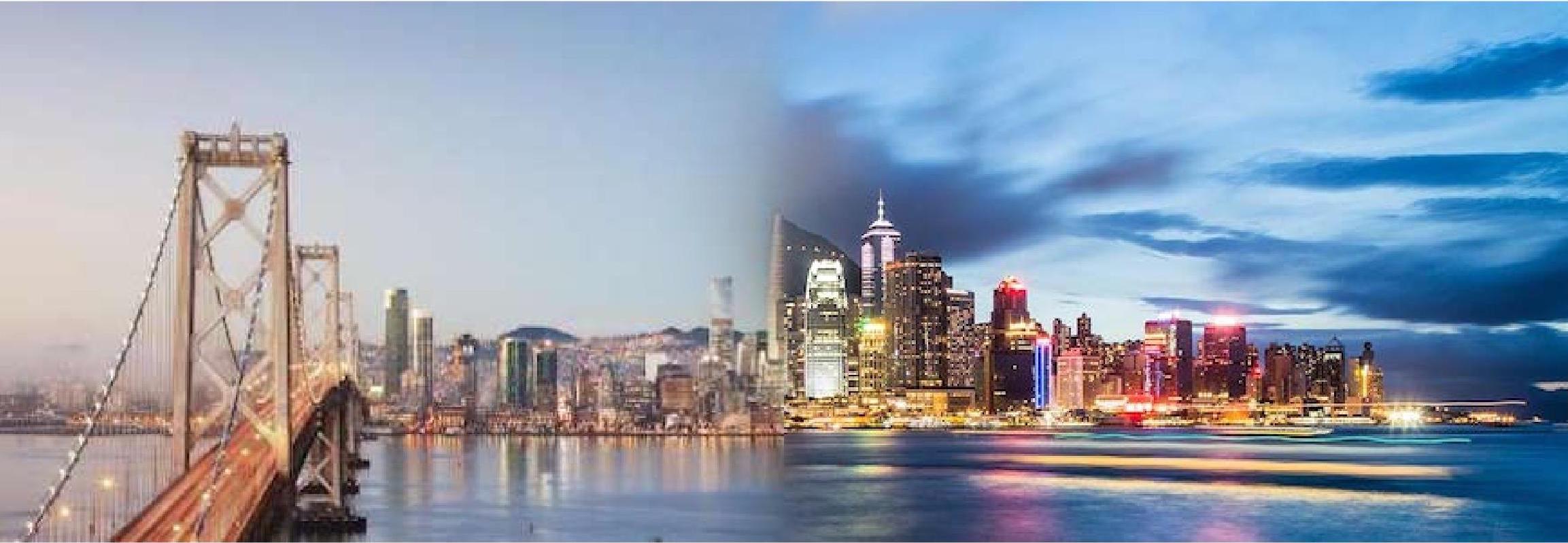
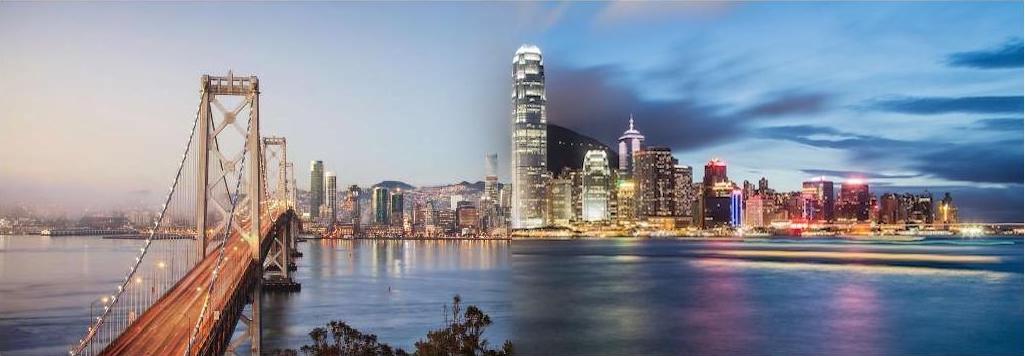
Bells and Whistles
Parts 1.2, 1.3, and 1.4 all utilize color



